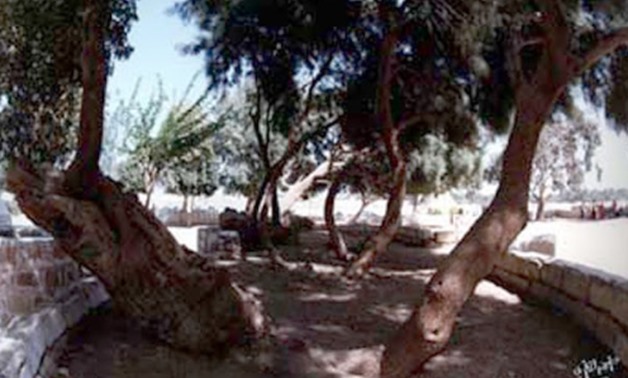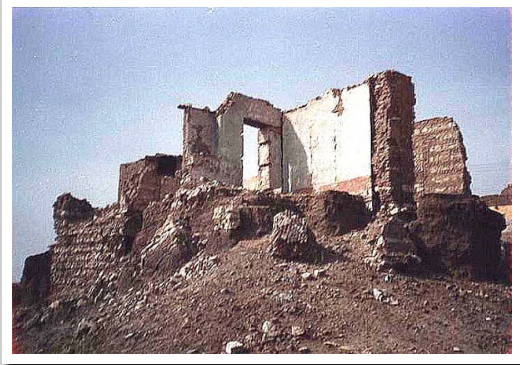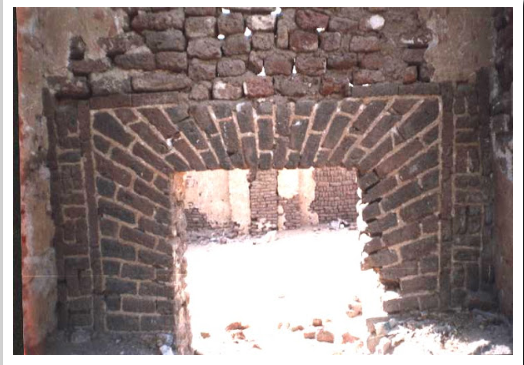
Virgin Mary Tree located in the ancient city of Oxyrhynchus (Bahnasa) - ET
CAIRO - 26 January 2020: The Ministry of Tourism and Antiquities confirmed its announcement of a new archaeological excavation in Minya Governorate next Thursday (January 30) during Khaled el-Anani’s inspecting tour of some of the archaeological sites there.
The minister’s inspecting tour will be held in the presence of a large number of foreign ambassadors and amid global media coverage.
The delegation of the Ministry of Tourism and Archeology headed by Anani will be accompanied by foreign guests and are scheduled to visit Mallawi Museum, which includes in its four halls the antiquities extracted from the regions of Tuna el-Gabal, Ashmounine and Mir, reflecting how this region was like during the Greek and Roman eras, as well as some artifacts from the era of the Old Kingdom and the Amarna period.

Some of the archaeological sites in the city of Bahnasa - ET
Moreover, the delegation will also visit the ancient Church of the Blessed Virgin Mary of Mount bird (Jabal al-Tayr), which is located at the peak of Mount Bird adjacent to the Nile. It is one of the most important shrines for the Holy Family during its journey to Egypt after the Monastery of the Virgin Mary in Koskam or Deir el-Muharraq.
This mountain was called the “Mount Bird” due to the fact that it was visited by a large flock of birds called the white tubius.
The church was established in 328 AD, and was carved into hard rock. It was most probably a Pharaonic or Roman burial site turned into a church.
The delegation will further visit the antiquities region of Oxyrhynchus (Albhanasa) in Minya Governorate, which is located 16 km from the center of Bani Mazar to the west of Minya Governorate. It is an ancient archaeological site. Many papyri dating back to the Greco-Roman period were found there.
Arab historians referred to the region of Oxyrhynchus as a large, fortified city, with walls, four gates, each gate had three towers instilled. That was during the era of the Muslim conquest to Egypt. The Arab historians stated that the city hosted many churches and palaces and flourished during the Islamic era. Luxurious types of fabric worn with gold was manufactured in that ancient city.

A historical site in the city dating back to the Roman era - ET
The city of Oxyrhynchus hosts antiquities from various ages of the Egyptian history, namely Pharaonic, Greek, Roman, Coptic and Islamic monuments, in addition to modern-history antiquities represented in buildings and palaces spanning back to more than a hundred years.
The city had high walls and was ruled by a mighty Roman ruler named Ptolemy. Tree of the Virgin (Mary) is located in the ancient city of Oxyrhynchus. It was called so because it is said that the Virgin Mary sat beneath it with Jesus Christ (peace be upon them), when they were on a trip to Upper Egypt.


Comments
Leave a Comment